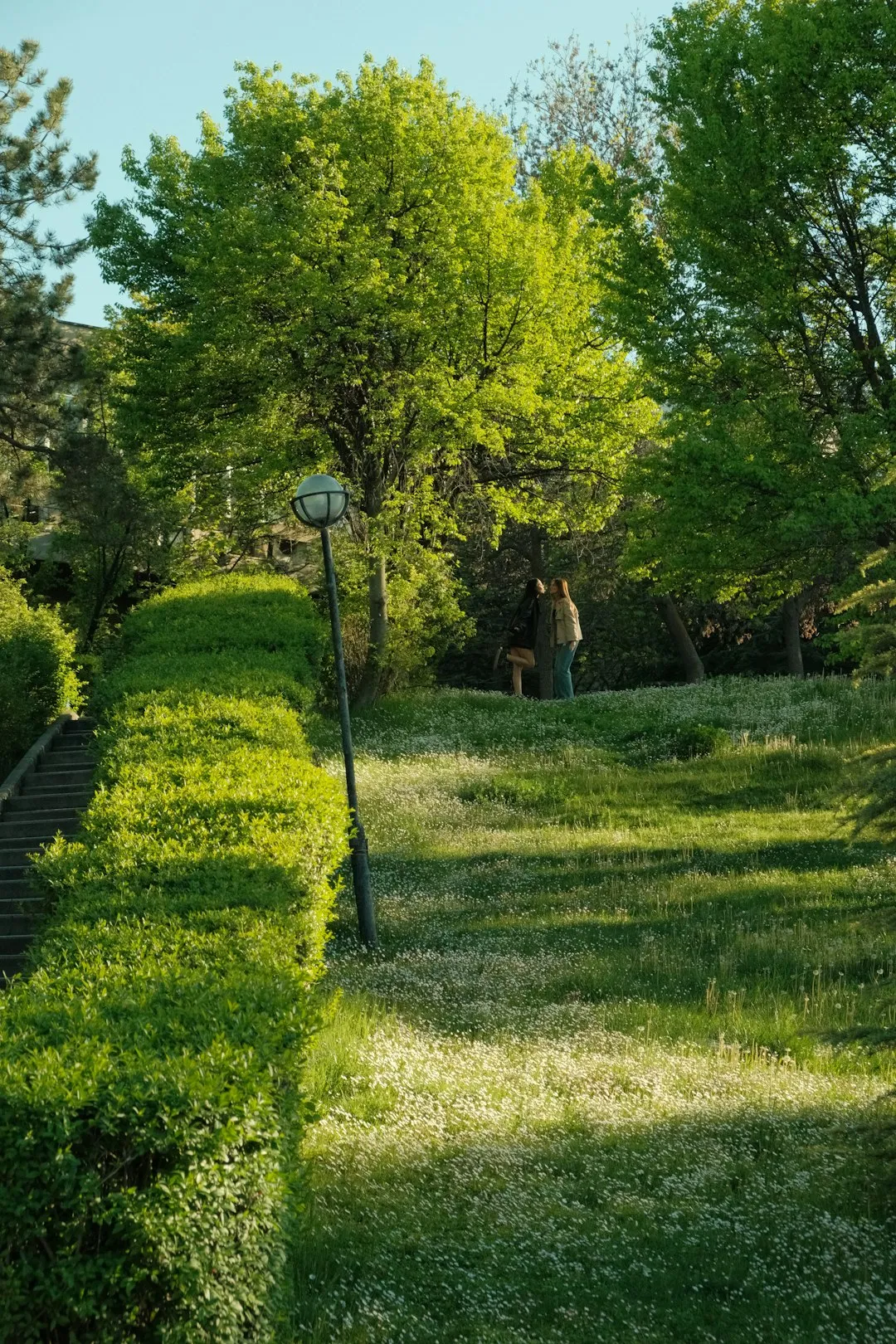Transform Your Summer Garden with Tropical Houseplants

During the summer months, houseplants can be a wonderful addition to your outdoor garden beds and planters, bringing a tropical touch that transforms your outdoor space into a lush, exotic oasis. Here are some great ideas for growing houseplants outside to achieve that tropical look.
### Selecting the Right Houseplants
When choosing houseplants to grow outdoors in summer, it's essential to pick varieties that can thrive in the outdoor environment. Some excellent choices include:
- Bird of Paradise: This plant features large, vibrant flowers that resemble the plumage of a tropical bird. It loves sunlight and can add a dramatic focal point to your garden beds. The large, paddle - shaped leaves also create a bold, tropical look.
- Calathea: With its beautifully patterned leaves, Calathea adds a touch of elegance. It prefers partial shade, making it suitable for areas under trees or on the north - facing side of your garden. The unique leaf patterns come in various colors and designs, adding visual interest.
- Banana Plant: A classic tropical plant, the banana plant grows quickly and has large, broad leaves. It needs plenty of space and sunlight. Placing it in a large planter can make a statement in your garden, and it gives an instant tropical vibe.
- Peace Lily: Known for its white, spathe - like flowers, the peace lily can tolerate some shade. It also helps purify the air. When placed in a shaded corner of your garden or in a planter on a covered patio, it adds a serene and tropical feel.
### Preparing the Plants for Outdoor Transition
Before moving your houseplants outdoors, you need to acclimate them gradually. Start by placing them in a shaded area outside for a few hours a day, gradually increasing the time and sunlight exposure over a week or two. This helps prevent shock from the sudden change in environment. Check the plants for pests and diseases. Treat any issues before moving them outside to avoid spreading problems to other plants in your garden. Also, make sure the soil in the pots is well - drained. You may need to add some perlite or sand to improve drainage if necessary.
### Planting in Garden Beds and Planters
If you're planting in garden beds, prepare the soil by adding organic matter such as compost or well - rotted manure. This enriches the soil and provides nutrients for the plants. Dig a hole that is slightly larger than the root ball of the plant. Gently remove the plant from its pot, loosen the roots, and place it in the hole. Backfill with soil and press gently around the base of the plant. For planters, choose a large enough container with drainage holes. Fill the planter with a high - quality potting mix. Place the plant in the center of the planter and add more soil around it, leaving some space at the top for watering.
### Caring for Outdoor Houseplants
Watering is crucial. Outdoor houseplants generally need more water than when they are indoors, especially during hot summer days. However, avoid over - watering, as this can lead to root rot. Check the soil moisture regularly by sticking your finger about an inch into the soil. If it feels dry, it's time to water. Fertilize the plants regularly during the growing season. Use a balanced, slow - release fertilizer according to the package instructions. This provides the necessary nutrients for healthy growth and vibrant foliage. Prune any dead or yellowing leaves to keep the plants looking their best. Also, watch out for pests such as aphids, spider mites, and whiteflies. You can use natural pest control methods like neem oil or insecticidal soap to deal with these problems.
### Bringing the Plants Back Indoors
As the summer comes to an end and the temperatures start to drop, it's time to bring your houseplants back indoors. Again, acclimate them gradually. Start by reducing their time outdoors and increasing their time in a shaded indoor area. Check the plants thoroughly for pests one last time before bringing them inside to avoid introducing pests to your indoor environment. With proper care and planning, you can enjoy the beauty of tropical houseplants in your outdoor garden during the summer and then bring them back inside to continue enjoying their presence year - round.